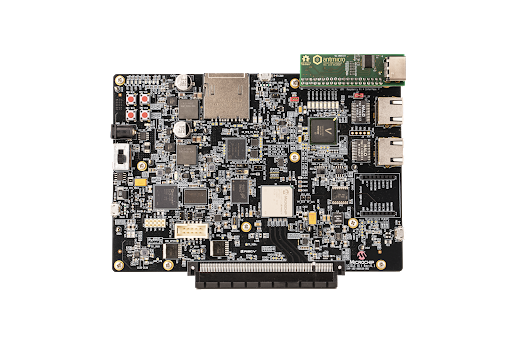
A bit of history Both Microchip (through its acquisition of Microsemi) and Antmicro got on board of RISC-V as Founding members, and through coexisting in the collaborative ecosystem of the open ISA for a longer while, the idea of a strategic partnership was formed that resulted in a full pre- and post-silicon software development platform for PolarFire in Antmicro’s open source Renode framework. The work towards this began in 2017 with enabling Microsemi’s open source softcore Mi-V in Renode, while the PolarFire SoC was still not publicly announced. A year later, at the 2018 RISC-V Summit, on the very day when the architecture was first presented to the external world, we could already demonstrate PolarFire SoC simulation in action, making it available immediately to all of Microsemi’s customers via their IDE, SoftConsole. The platform has been improving continuously since then, while its ecosystem has been rapidly expanding.[/vc_column_text][vc_column_text]